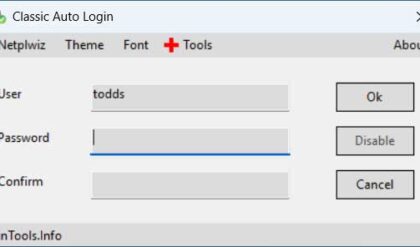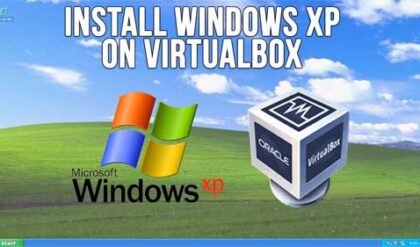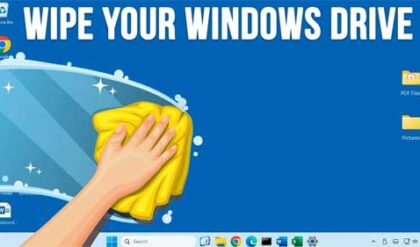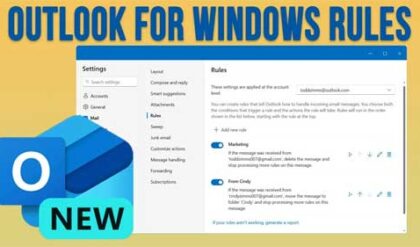Most of the Windows Server and Professional desktop operating systems provide a comprehensive set of tools that you can use to manage many of the behind the scene applications and settings used for Windows. They are typically more advanced than the tools seen in Control Panel. Here is a breakdown of the administrative tools and their functions. Keep in mind that the administrative tools available in one version of Windows may not be the same for another.
Component Services
The Component Services administrative tool enables you to configure and administer COM components and COM+ applications. COM+ is an extension of Component Object Model (COM), Microsoft’s strategic building block approach for developing application programs. COM is used by developers to create re-usable software components, link components together to build applications, and take advantage of Windows services. Here you can install and configure COM+ applications, set security at the application level, and create and maintain COM+ partitions.
Computer Management
This area provides tools that you can use to administer networks, computers, services, and other system components. Computer Management is explained in detail here.
Data Sources (ODBC)
ODBC (Open Database Connectivity) data sources store information about how to connect to a data provider. It is a standard application programming interface (API) for accessing data in both relational and non-relational database management systems. ODBC makes it possible to access any data from any application, regardless of which database management system is handling the data.
Event Viewer
This is used to monitor events recorded in the Application, Security, and System logs. Event Viewer is explained in more detail here.
Group Policy Management
The Group Policy Management Console snap-in provides a single user interface through which to manage Group Policy across an enterprise. Here you can create and edit polices that control the management of machines and users in an Active Directory environment. You can manage users, computers, domains, sites and organizational units.
Local Security Policy
Local Security Policy can be used to directly modify account and local policies, public key policies and IP security policies for your local computer. The Security policy is a combination of security settings that affect the security on a computer. You can configure settings for items such as who is allowed to accesses your computer, what resources users are authorized to use on your computer and whether or not a user or group’s actions are recorded in the event log.
Performance Monitor
Lets you monitor your computer and examine how programs are running and see how they are affecting its performance. It does this by collecting real time data and log information so you can analyze it at your convenience.
Microsoft .NET Framework 1.1 Configuration
.NET Framework 1.1 Configuration allows you to configure assemblies, remoting services, and code access security policy specific to version 1.1 of the .NET Framework.
Performance
Performance Logs and Alerts supports detailed monitoring of the utilization of operating system resources. Here you can collect performance data automatically from local or remote computers. You can view logged counter data using System Monitor or export the data to spreadsheet programs or databases for analysis and report generation.
Print Management
Allows you to share your printers on a network and centralize print server and network printer management tasks by the use of an MMC snap-in. It will also monitor print queues and receive notifications when print queues have issues with their print jobs.
Services
You can use Services to manage services on local or remote computers. A service is an application type that runs in the background and provides features such as client/server applications, Web servers, database servers, and other server-based applications to users, both locally and across the network. Services are explained in more detail here.
System Configuration
Loads the Windows System Configuration Utility explained here.
Windows Firewall with Advanced Security
Opens up the built in Windows Firewall allowing you to configure firewall settings for incoming and outgoing traffic as well as configure what software you will allow to send data to and from your computer.
Windows Memory Diagnostic
Used to detect errors with your installed memory (RAM) by running various tests on your memory. To use this tool you will need to allow it to restart your computer so it can run before Windows loads.
Windows Power Shell Modules
A command-line shell interface with an associated scripting language built on top of. It is integrated with Microsoft’s .NET Framework. You use it to perform administrative tasks are called cmdlets. PowerShell helps you control and automate the administration of Windows and applications that run in Windows.






